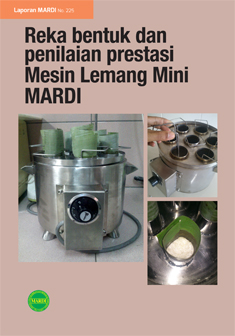M. Rahim, Z. Sulaiman and M.E. Faridah
Abstract
Fruit fly, Bactrocera carambolae (Hendel), eggs (n = 33,900) in carambola (Averrhoa carambola L.: starfruit) did not survive a fumigation treatment at 32 g/m3 using methyl bromide for 2 h at 30 °C, 40% load in a 1-m3 metal fumigation chamber. This commercial trial was preceded by four laboratory experiments that evaluated effective concentrations and exposure times required to control both B. carambolae and B. cucurbitae (Coquillet). In the first two tests to determine effective concentration in 2 h at 30 °C, 80% load in 11.5-litre desiccators, a minimum of 12 g/m3 was required to completely disinfest the eggs and larval instars (for each species and insect stage, n = 500 per concentration). In both species, the egg stage was the most resistant, with B. carambolae relatively difficult to control. Under similar experimental conditions, using the egg stage (n = 3,000 –5,000 per concentration/time), it was confirmed that the gas concentration range of 24–32 g/m3 and 2-h exposure was most effective to completely disinfest both species.
Full Text (98.9 KB)



